Innovative Product Offerings
Innovation within the Bath Oil Market is a key driver of growth, as brands continuously develop new formulations and product lines to attract consumers. The introduction of unique scents, therapeutic benefits, and multifunctional products is capturing consumer interest. For instance, bath oils that combine aromatherapy with skin-nourishing properties are gaining traction. Additionally, the rise of limited edition and seasonal offerings creates excitement and urgency among consumers. Market data indicates that innovative product launches can lead to a significant increase in sales, highlighting the importance of creativity and differentiation in the Bath Oil Market.
Increase in Disposable Income
An increase in disposable income across various demographics is positively influencing the Bath Oil Market. As consumers have more financial flexibility, they are more inclined to spend on premium bath products that offer luxurious experiences. This trend is particularly evident in emerging markets, where rising middle-class populations are driving demand for high-quality bath oils. Market analysis indicates that the luxury personal care segment, which includes bath oils, is expected to grow at a compound annual growth rate of over 5% in the coming years. This economic shift suggests a promising outlook for the Bath Oil Market as consumers prioritize indulgence and self-care.
Growing Demand for Wellness Products
The Bath Oil Market is experiencing a notable increase in demand for wellness products, driven by a rising consumer focus on self-care and holistic health. As individuals seek to enhance their physical and mental well-being, bath oils, which are often infused with essential oils and natural ingredients, are becoming increasingly popular. According to recent data, the wellness industry is projected to reach a valuation of over 4 trillion dollars, indicating a substantial market opportunity for bath oil manufacturers. This trend suggests that consumers are willing to invest in products that promote relaxation and stress relief, thereby propelling the growth of the Bath Oil Market.
Sustainability and Eco-Friendly Products
The Bath Oil Market is witnessing a shift towards sustainability, as consumers become more environmentally conscious. There is a growing preference for eco-friendly products that utilize sustainable sourcing and packaging. Many bath oil brands are responding to this demand by formulating products with organic and natural ingredients, which not only appeal to health-conscious consumers but also align with their values regarding environmental stewardship. This trend is supported by data indicating that the market for sustainable personal care products is expected to grow significantly, suggesting that companies focusing on sustainability may gain a competitive edge in the Bath Oil Market.
Influence of Social Media and Digital Marketing
The Bath Oil Market is increasingly shaped by the influence of social media and digital marketing strategies. Brands are leveraging platforms like Instagram and TikTok to reach a broader audience and engage with consumers in real-time. Influencer partnerships and user-generated content are proving effective in building brand loyalty and driving sales. Recent statistics suggest that over 70% of consumers are influenced by social media when making purchasing decisions. This trend indicates that a strong online presence and effective digital marketing campaigns are essential for success in the Bath Oil Market, as they can significantly enhance brand visibility and consumer engagement.


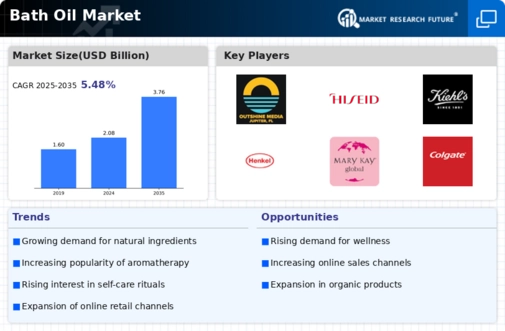
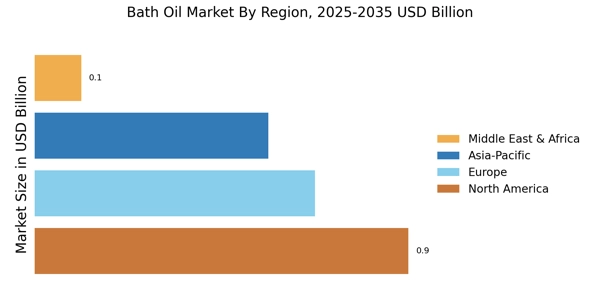
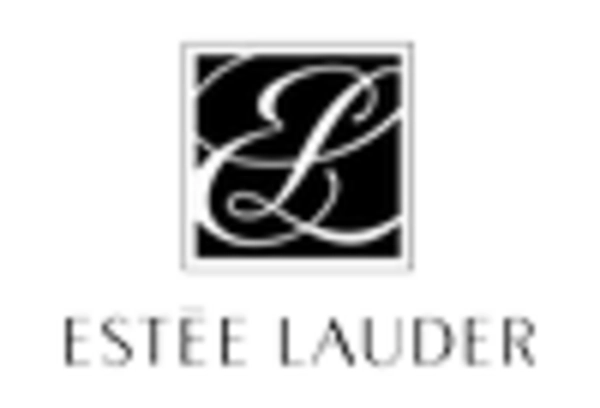

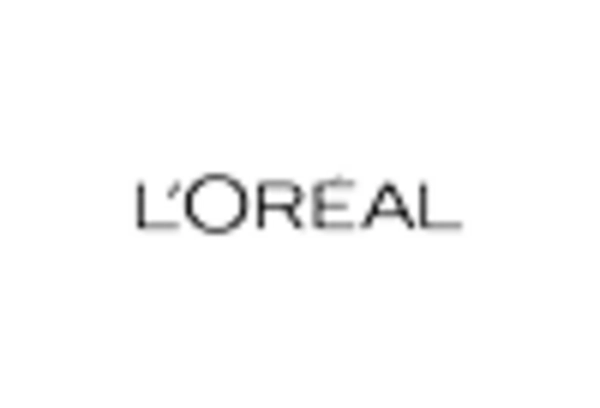
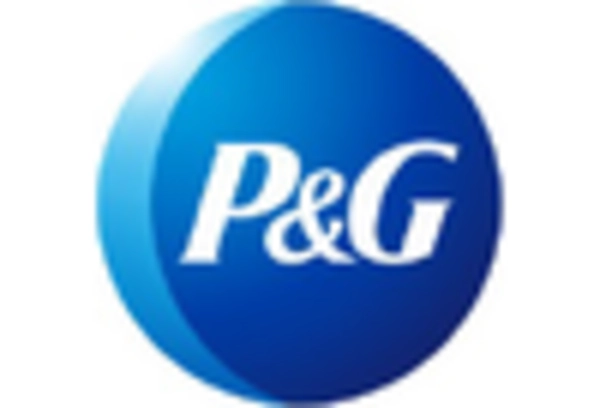
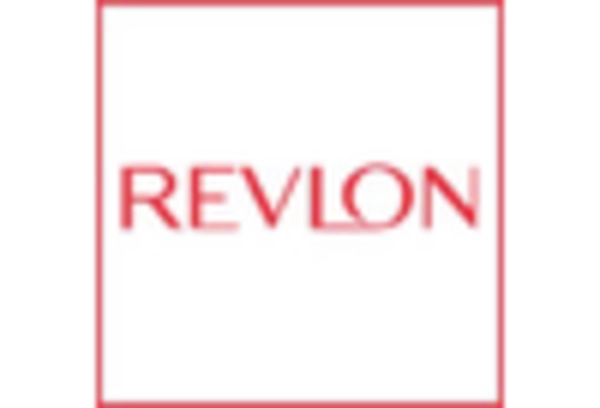









Leave a Comment